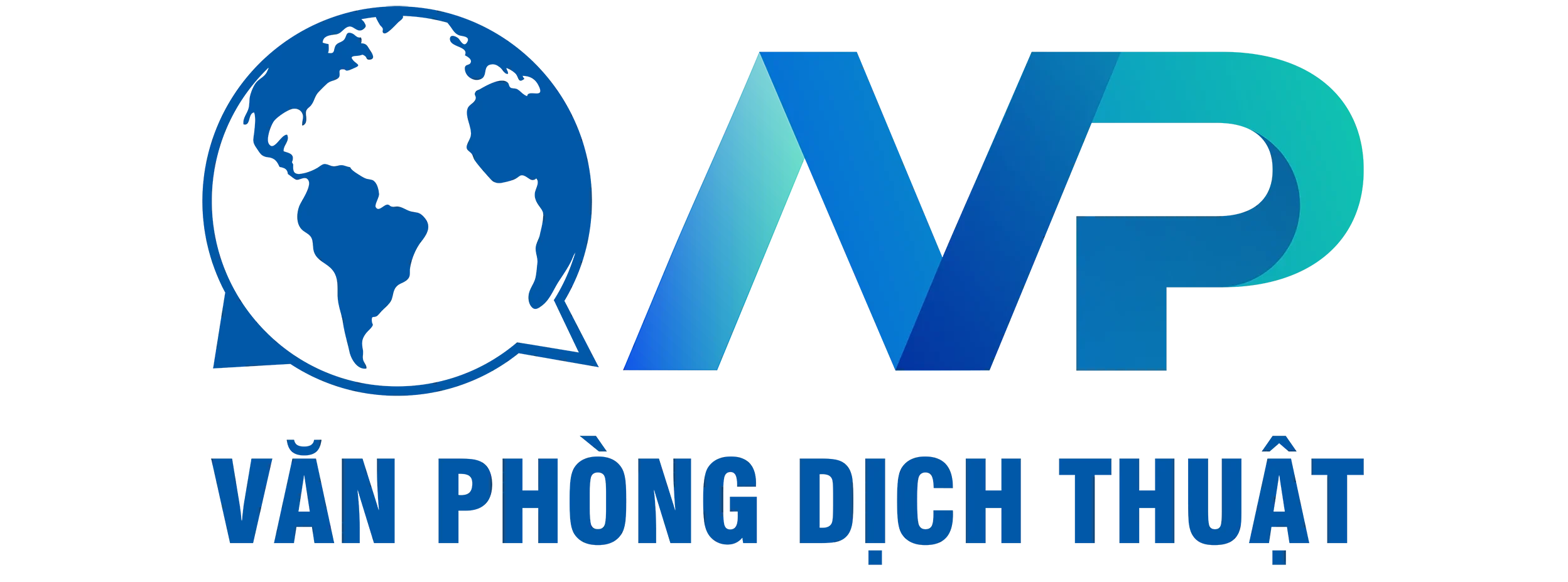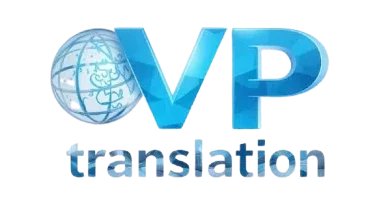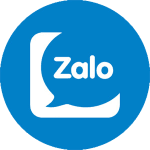Large document translation requires careful planning, expertise, and efficient processes. Choosing the exemplary translation service ensures accuracy and timely delivery, whether a technical manual, legal contract, or medical report.
Understanding Large Document Translation
Large document translation involves extensive texts such as technical manuals, legal contracts, research papers, or corporate reports, often spanning hundreds of pages. Due to their complexity and volume, these projects demand meticulous attention to detail, consistency, and accuracy.
For example, the Universal Declaration of Human Rights (UDHR) is the most translated document globally, available in over 500 languages.
Precise translation is essential for avoiding costly misunderstandings, especially when dealing with critical information like legal terms or technical instructions. It ensures compliance with industry regulations, as inaccurate translations could lead to legal liabilities or regulatory penalties. Additionally, clear and accurate translations foster effective communication with global partners, strengthening business relationships and facilitating seamless collaboration across markets.
Investing in professional large document translation ensures your content remains reliable, culturally appropriate, and aligned with your organization’s organization’s goals, regardless of scale.
Expert Large Document Translation Services
Trust GTE Localize to handle your complex translation needs with accuracy, and industry expertise.
Challenges and Best Practices for Large Document Translation
Maintaining Consistency Across Lengthy Texts
Ensuring uniformity in terminology, tone, style, and formatting throughout extensive documents is crucial. Inconsistencies can lead to reader confusion and diminish the document’s professionalism.
Example: A company translating a 500-page technical manual faced challenges with inconsistent terminology due to multiple translators working simultaneously. This led to varied translations for the same technical terms, causing confusion among end-users.
Solutions:
- Translation Memory (TM) Tools: Implement TM tools to store and reuse previously translated content, ensuring consistency across the document.
- Standardized Glossaries: Develop comprehensive glossaries of terms to provide translators with standardized terminology.
- Regular Communication: Facilitate ongoing communication among translators to align on tone and style, ensuring a cohesive final product.
- Handling Industry-Specific Jargon and Complex Terminology







